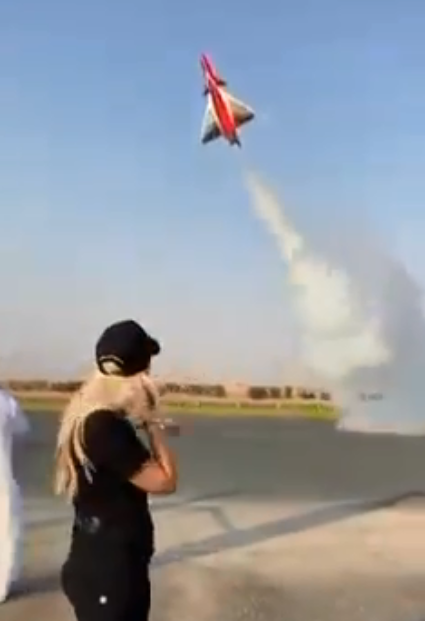Unlike the existing drone models, this technology appears to be something entirely different and has the advantage of the speed and others things over the existing sets of drones.
Though drones have been a dominating technology in this modern age. Its existence has also ushered in other aspects of technology surrounding i. from the building of surveillance drones to the building of military assaultive drones, and down to the making of passengers’ drones. Drones have equally significant use in delivery services companies.
In terms of security, drones have become a major machine that shares intelligence with the necessary agencies and helps in securing country borders. A good example is a recent decision taken by the European Union to secure all the borders against illegal immigrants using drones.

A drone meant for border security needs extra features to enable it to deliver the expected results. Besides the strong and powerful camera, the drone also needs speed and long-range traveling distance. These features and more seem to be what this newly developed and built rocket drone can offer.

In a video clip showcasing its testing, the rocket drone exhibited a high level of stability, suspension in the air, flipping upside down movements (good for a military drone), and control of rocket propulsion through fuel adjustment.
Based on the design, this modern drone bears a fuel jet rocket engine, positioned at the tail unit, and produces its propulsion from the unit so as to exert a forward thrust on the entire body of the drone.

Using the remote control, the engineer testing the drone appears to create a good distance from the drone to check if the control can be effective from a far distance. The test also helps the engineer to know other areas needed to make the necessary adjustments in design or control mechanisms
Applying the technology of rocket engine-powered drones to modern military drones would help to create sophisticated drones that can carry sizeable weapons as well as travel at extreme speed.

Pictures below exhibit the performance of the rocket engine-powered drone.

